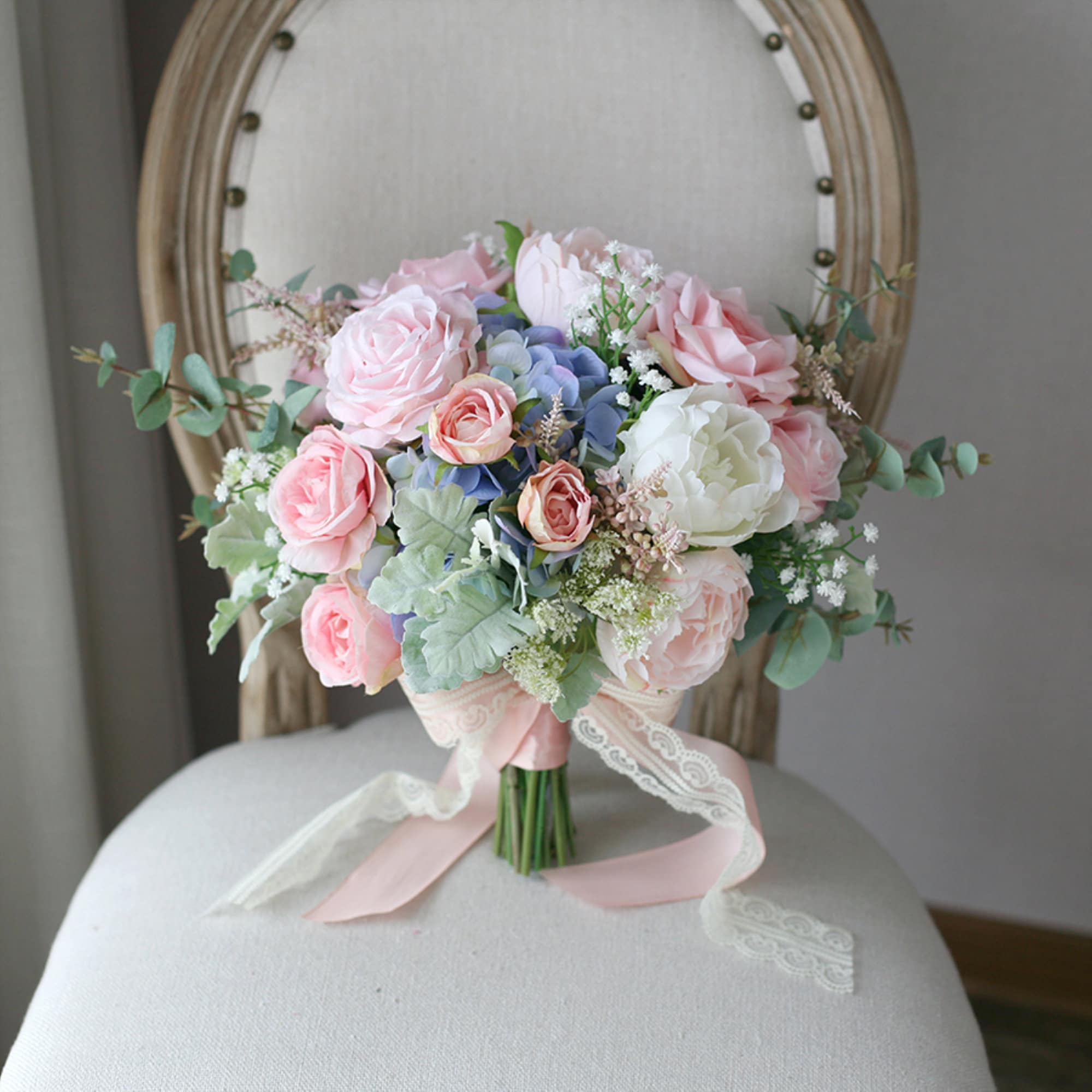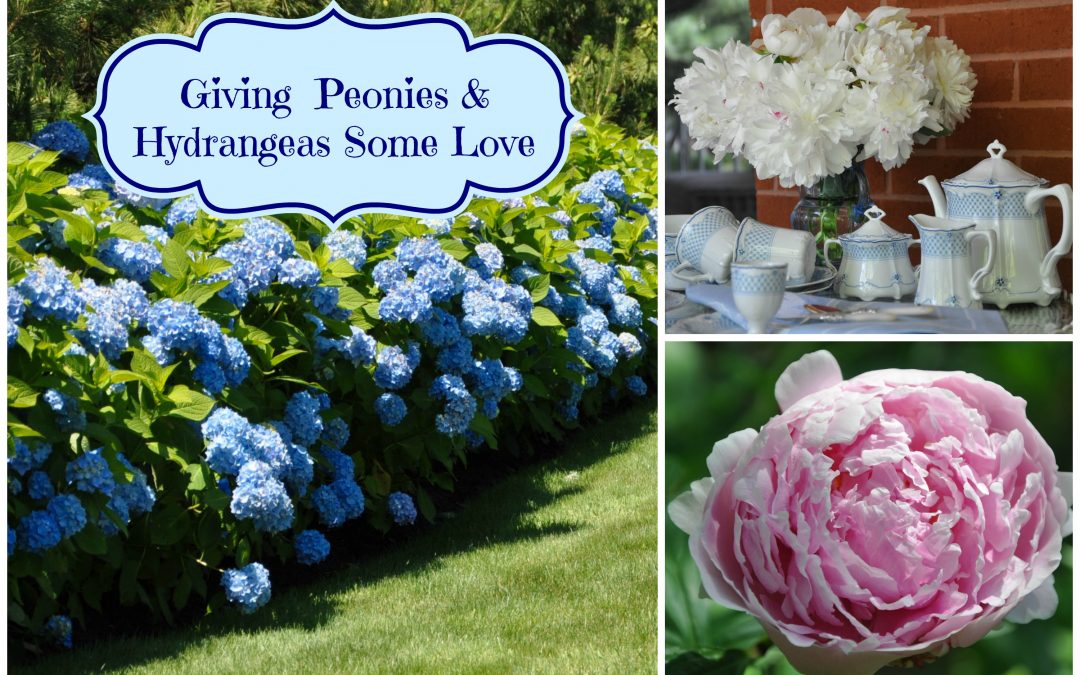Hydrangea And Peony: The Perfect Pair
Hydrangea and Peony: The Perfect Pair
Hydrangeas and peonies are two of the most popular flowering shrubs in the world. They are both known for their large, showy blooms, and they come in a wide range of colors. But what many people don't know is that hydrangeas and peonies also make the perfect pair.
When planted together, hydrangeas and peonies complement each other's strengths. Hydrangeas are known for their large, cascading blooms, while peonies are known for their lush, fragrant flowers. Together, they create a stunning display that is both eye-catching and fragrant.
In addition to their complementary appearance, hydrangeas and peonies also have similar growing requirements. They both prefer full sun to partial shade, and they both need well-drained soil. This makes them easy to care for, even for beginner gardeners.
If you are looking for a pair of stunning flowering shrubs that are easy to care for, then hydrangeas and peonies are a great choice. They will add a touch of elegance and beauty to your garden, and they will provide you with years of enjoyment.
Here are some of the reasons why hydrangeas and peonies make the perfect pair:
- They have complementary colors. Hydrangeas come in a wide range of colors, including blue, pink, purple, and white. Peonies, on the other hand, are typically pink or white. When planted together, these colors create a stunning contrast.
- They have similar growing requirements. Both hydrangeas and peonies prefer full sun to partial shade and well-drained soil. This makes them easy to care for, even for beginner gardeners.
- They bloom at different times. Hydrangeas typically bloom in late spring to early summer, while peonies bloom in late spring to early summer. This means that you can enjoy beautiful flowers in your garden for a longer period of time.
- They are both fragrant. Hydrangeas and peonies both have a sweet, fragrant scent. This makes them perfect for adding a touch of elegance and beauty to your garden.
Here are some tips for planting hydrangeas and peonies together:
- Choose a location that gets full sun to partial shade.
- Amend the soil with compost or peat moss to improve drainage.
- Plant the hydrangeas and peonies at the same depth as they were growing in their pots.
- Water the plants well after planting.
- Fertilize the plants in early spring and late summer.
With proper care, hydrangeas and peonies can thrive for many years. They will add a touch of elegance and beauty to your garden, and they will provide you with years of enjoyment.
Hydrangeas and peonies are two of the most beautiful flowers in the world. They are both large, colorful, and have a delicate fragrance. Hydrangeas come in a variety of colors, including blue, pink, purple, and white. Peonies are typically pink or white, but they can also be red or yellow.
These two flowers make a stunning combination in a garden or bouquet. The large, round hydrangeas provide a dramatic backdrop for the delicate peonies. The different colors of the flowers also complement each other beautifully.
If you are looking for a way to add some beauty and color to your garden or home, consider planting hydrangeas and peonies together. They are sure to make a statement.
For more information about hydrangeas and peonies, please visit . This website has a wealth of information about these two flowers, including their history, care, and symbolism. You will also find beautiful photos of hydrangeas and peonies in bloom.
FAQ of hydrangea and peony
Question 1: What are the differences between hydrangea and peony?
Answer: Hydrangea and peony are both popular flowering plants, but they have some key differences. Hydrangeas are shrubs or vines, while peonies are herbaceous perennials. Hydrangeas bloom in the summer, while peonies bloom in the spring. Hydrangeas come in a variety of colors, including blue, pink, purple, and white. Peonies come in a variety of colors, including pink, red, white, and yellow.
Question 2: What are the best conditions for growing hydrangeas and peonies?
Answer: Hydrangeas and peonies prefer full sun to partial shade. They also prefer well-drained soil that is rich in organic matter. Hydrangeas are more tolerant of acidic soil, while peonies prefer alkaline soil.
Question 3: How do I care for hydrangeas and peonies?
Answer: Hydrangeas and peonies need regular watering, especially during the hot summer months. They also need to be fertilized in the spring and fall. Hydrangeas can be pruned in the spring or fall, while peonies should only be pruned in the fall.
Question 4: What are some common pests and diseases of hydrangeas and peonies?
Answer: Hydrangeas and peonies are susceptible to a variety of pests and diseases, including aphids, spider mites, powdery mildew, and root rot. It is important to inspect your plants regularly for signs of pests and diseases. If you do find any problems, there are a variety of treatments available.
Question 5: How do I deadhead hydrangeas and peonies?
Answer: Deadheading is the process of removing spent flowers from your plants. This helps to encourage new growth and prevent the spread of diseases. To deadhead hydrangeas, simply pinch off the spent flowers with your fingers. To deadhead peonies, use a pair of sharp scissors to cut the spent flowers off at the base of the plant.
Image of hydrangea and peony
5 different images of "hydrangea and peony" from Pinterest:




Post a Comment for "Hydrangea And Peony: The Perfect Pair"